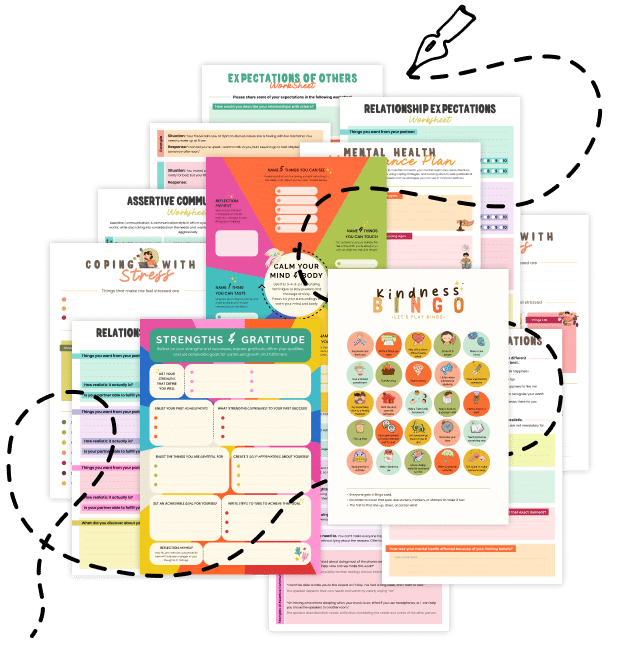20 Things About the Lexical Restructuring Hypothesis
Discover how children’s vocabulary growth sparks changes in the way they mentally organize sounds and words, and why this phenomenon—known as the Lexical Restructuring Hypothesis—has big implications for language development.
1. What Is the Lexical Restructuring Hypothesis?
The Lexical Restructuring Hypothesis (LRH) posits that as children build their vocabulary, they gradually refine how they store and access word sounds (phonological representations). Essentially, growing vocabulary triggers a more detailed, efficient mental map of language.
2. The Core Idea of Lexical Restructuring Hypothesis
When kids learn just a few words, their mental representation of those words can be broad and imprecise. But as they acquire more vocabulary—often words that sound similar—they start to “zoom in” on subtle sound differences to avoid confusion.
3. Phonological Representation Evolves
In early language learning, a child might not distinctly differentiate all sounds in words. For instance, “doggie” and “foggy” could blur together. As vocabulary increases, they sharpen these boundaries, distinguishing words more accurately.
4. Why Vocabulary Matters
LRH emphasizes quantity: The more words in a child’s lexicon, especially words that overlap in sounds, the more pressure there is to refine phonological representations. This is how new words challenge the child’s existing system.
5. Incremental Restructuring
Restructuring isn’t an overnight switch. It’s a gradual process, with children continuously updating their internal “dictionary” as they learn and refine new words—and it can continue into later childhood.
6. Evidence from “Mispronunciations”
Studies show that children who are building vocabulary may accept slight mispronunciations (e.g., “gog” for “dog”) at first. Over time, as their vocabulary expands, they reject these minor errors—indicating more precise phonological coding.
7. Role in Reading Readiness
Strong phonological awareness (the ability to recognize and manipulate sounds) is tied to successful reading acquisition. According to LRH, a richer, better-organized mental lexicon supports this phonological awareness.
8. Mental “Neighborhoods”
Words that share similar sounds—like “cat,” “cap,” “bat,” “mat”—are said to be in the same “phonological neighborhood.” Expanding these neighborhoods forces more detailed distinctions among each word’s sounds.
9. Connection to Spelling
Children who have undergone thorough lexical restructuring can more easily map sounds to letters when spelling. A precise phonological representation of words translates into more accurate written forms.
10. Comparing Bilingual vs. Monolingual
Research suggests that bilingual children might restructure faster or differently, as they often handle multiple sound systems. However, outcomes vary based on language pairs and individual experiences.
11. Beyond Early Childhood
While most restructuring occurs in the early years (ages 2–7), subtle refinements continue afterward. Teens and adults can still experience shifts in how they perceive and produce certain words, especially if learning a new language.
12. Frequency of Word Exposure
High-frequency words (heard or used often) prompt faster restructuring. The brain invests more effort into precisely encoding words that appear frequently in a child’s environment.
13. Importance for Speech Therapy
Speech-language pathologists use insights from LRH to tailor interventions. By systematically introducing words that share similar sounds, they can help children refine how they hear and articulate speech segments.
14. Ties to Cognitive Flexibility
Lexical restructuring involves distinguishing fine-grained differences in sounds—this skill can spill over into broader cognitive tasks, potentially improving auditory discrimination and attentional control.
15. Phonological Awareness Drills
Activities like rhyme matching or identifying the initial sound in words accelerate restructuring. These games highlight subtle contrasts, nudging children toward finer phonological distinctions.
16. Environmental Factors
A rich linguistic environment—lots of conversation, reading, and exposure to varied vocabulary—facilitates lexical restructuring. Children pick up on recurring sound patterns and expand their mental map accordingly.
17. Individual Variations
Some kids show rapid lexical restructuring; others do so at a slower pace. Factors like hearing ability, language disorders, or less linguistic stimulation can slow the process.
18. Ongoing Debates
Not all researchers agree on how precisely or quickly lexical restructuring occurs. Some propose alternative views focusing on direct instruction or innate phonological modules. Still, LRH remains influential in the field.
19. Practical Implications for Parents
Talking with children often, reading books that introduce new vocabulary, and gently correcting mispronunciations (without pressure) can foster a robust, reorganized mental lexicon.
20. Related Topics to Explore
- Metacognitive Monitoring: Helps learners become aware of how they process language and adjust strategies.
- Context-Dependent Memory: Understand how environments influence recall of words and sounds.
- Overlearning: Reinforce frequently used vocabulary for stronger phonological distinctions.
- Conceptual Chunking: Explore how grouping words by sound or meaning can aid memory and organization.
Quick Tips to Support Lexical Restructuring
- Emphasize Phonemes: Play sound-based games (e.g., “I spy something beginning with /b/!”) to sharpen phonological awareness.
- Expand Word Families: Introduce similar-sounding words (e.g., “mat,” “cat,” “bat”) in playful contexts to highlight distinct sounds.
- Read Aloud Regularly: Audiobooks, bedtime stories, and everyday book reading expose children to varied vocabulary.
- Encourage Active Listening: Prompt kids to notice subtle differences in words (“Does ‘pig’ rhyme with ‘big’?”).
- Celebrate New Words: Make vocabulary-building fun—praise efforts and highlight how new words “fit” into their growing language toolkit.
The Lexical Restructuring Hypothesis underscores the dynamic nature of how we store and process language, reminding us that each new word can reshape our mental map of sounds. By fostering a rich linguistic environment and engaging in targeted activities, parents, educators, and therapists can help children (and even adults) refine their phonological representations, setting a solid foundation for reading, spelling, and confident communication. Share this article with anyone curious about the under-the-hood transformations that turn babbling toddlers into fluent speakers and readers!


